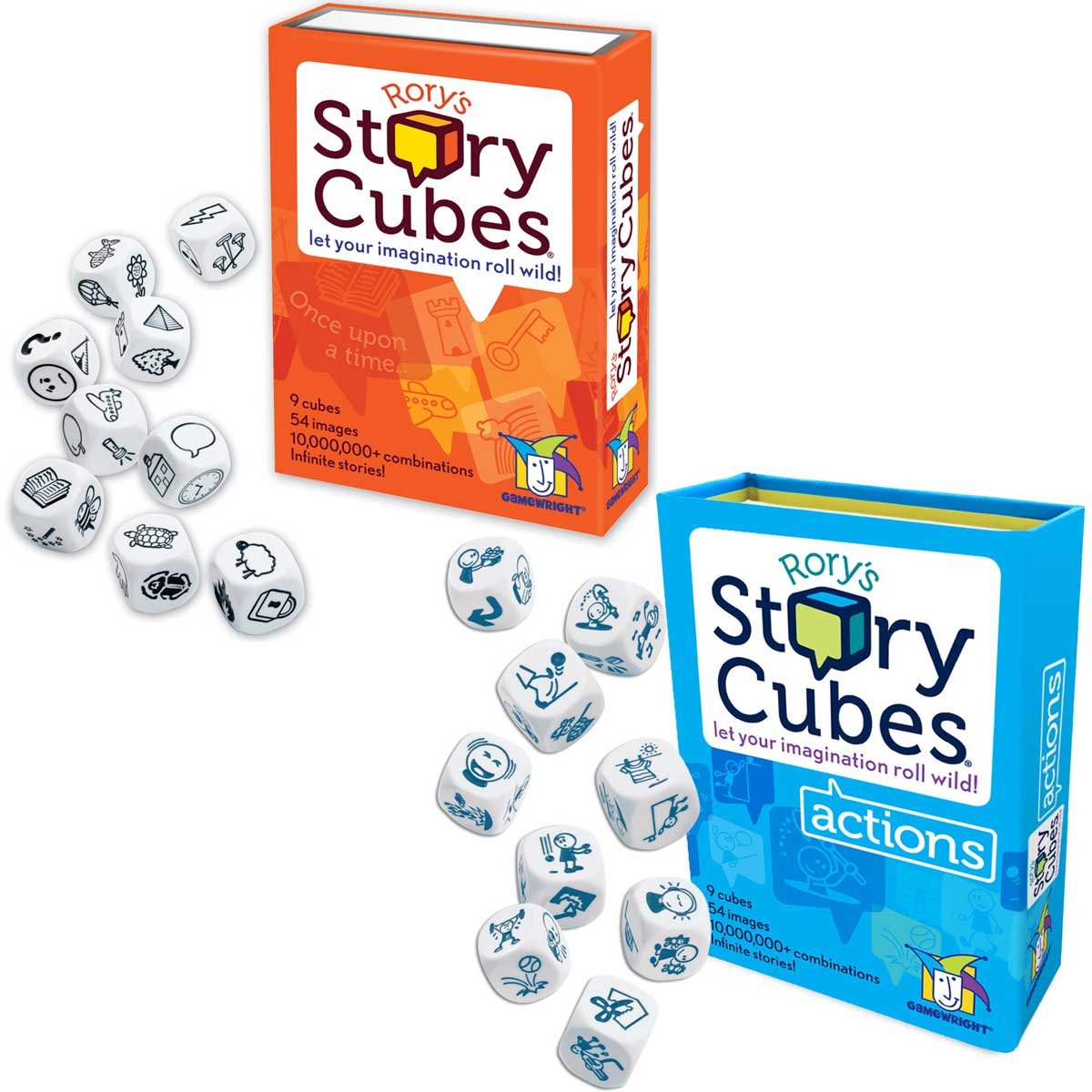Grammar is notorious among teenagers for being hard and boring. Drills and gapfills can bore everyone to death, Present Perfect is constantly confused with Past Simple, the difference between adverbs and adjectives seems vague, malicious irregular verbs leave no chance to be remembered. Familiar, isn’t it?
Today’s article will shed some light on the basic principles of teaching grammar in general and provide examples of activities especially useful in lessons with teens.
Present grammar in context
Have you ever walked into the class with something like ‘Today we are going to talk about Past Perfect’? I have, and it obviously didn’t mark the most exciting or useful lessons of mine. Whatever we teach, setting up the context is important. All students tend to remember things better when they are engaged. However, establishing personal interest and connection with the topic is of crucial importance for teenagers. Most adults can tolerate a ‘not-so-interesting’ grammar lesson because they need English for their jor or are polite enough to start grumbling. This will never work with teens, though.
You can present a grammar topic with the help of a personal story, an anecdote or a song. For example, when we start contrasting Past Simple and Past Continuous, I usually come into the class with a photograph of my school friend and a question to students: ‘What’s your first impression of this girl?’. After listening to some opinions, I tell them a little story: ‘It’s my best friend, Kate. When we first met, she was wearing a terrible pink T-shirt. She started talking – and I didn’t like her voice. What’s more, she was always listening to pop music, but I loved rock. We’ve been friends for 14 years now’. Then I take out a phrase like ‘When we first met, she was wearing a terrible pink T-shirt’ and we work on figuring out the difference between the tenses and how they work.
Also, you can create a classroom character who will appear in grammar topics. Ours has been Kevin, the alien. Every time new grammar is delivered, Kevin is drawn somewhere on the board. Teens immediately know that one more episode of Kevin’s adventures is waiting for them and are ready to struggle with grammar for that. Last time Kevin was telling us about life on his planet. A great deal of comparatives and superlatives were used.
Show grammar in use
Drills and gapfills are an integral part of our lessons. However, teens might get stuck when it comes to actually using the target grammar. Provide them with real-life situations when they would need this or that particular structure. Probably, you will need to alter your coursebook a bit and add some twists and turns for the production stage, but it’s totally worth it. If you connect grammar to its social use and encourage natural interaction, teenagers will master it much faster. So, why don’t you begin a lesson with a small talk party by asking your students to mingle and tell each other the latest news which starts with ‘Have you heard…?’. Or you can start a dialogue in a group chat and find out about their holiday plans – good chance to practise Present Continuous, isn’t it? Social networks alongside with messengers and digital services like iFake Messages can help you show grammar in use and vary paper exercises. One more great way of demonstrating grammar to teens is by using memes which are an intergal part of teen life and culture.
Add creativity
While younger kids seem to be full of zest and always ready to do every task you offer, teens need to be inspired and motivated every now and again. A sprinkle of creativity will not only encourage your students, but also prepare them for all future situations when they have to innovate and improvise. Start small – show them that grammar doesn’t have to be boring. You can add some spice to it by using funnier activities or games. Grammar Games series by J. Hadfield, Teaching Grammar Creatively by G. Gerngross, H. Puchta and S.Thornbury or Grammar Games and Activities for Teachers by P. Watcyn-Jones might provide you with some ideas or even lesson plans.
Below I will also share some favourite activities of mine.
Onion rings
For this activity, prepare a ball of wrapped paper. Write a question or any bit of target grammar on each piece of paper, then wrap them around each other.
The students pass the ball in a circle, preferably with some music on.
When the music stops the student who has the ball unwraps one piece of paper, reads the question and answers it.
We often use it to practise question-answer format with various tenses. However, you can ask teens to spot and correct a mistake in phrases written on pieces of paper, or even fill the gap.
Experts
Prepare two sets of cards. The first set should include the fields one can be an expert in. Write something funny or unexpected like ‘gardening’, ‘penguins’, ‘ufology’ or ‘fishing’. The other set of cards will include some pieces of target grammar, such as names of the tenses, signal words, comparatives or superlative forms, modals, etc. A student takes out the field card and you welcome the world greatest expert on fishing. Other students should ask any questions about fishing. Before answering every new question, the expert takes a grammar card which must be used in the answer.
Story Cubes
Story Cubes are sets of cubes with pictures which come in different thematic sets. Their main focus is storytelling, but who said you can’t use them for teaching grammar? Story cubes can be easily used with any type of grammar practice. Ask teenagers to make sentences with target grammar structures, be it Past Simple or conditionals, and share them on the board or read aloud. Throw two dice each to practise comparatives or use them in a small group to write a story in narrative tenses.

Grammar auctions
There are a lot of variations of grammar auctions. It is an amazing way to get the students involved and add excitement. Also, grammar auction is a useful tool for developing error correction skills. Before you start, make sure that teens are familiar with the concept of an auction. Divide the class into small groups or pairs and give them a sheet of sentences which contain mistakes. Give each team a limit of fake money. Set a maximum bid and let the students plan which sentences they are going to bid for. Then, they bid one by one. If they bid the highest, they have a chance to correct the sentence. If they do so correctly, they win the amount of money bid, but if it is wrong they lose the money. The winners are the team with the most money at the end of the game.
You can also create a set of cards which is based on your current grammar needs and ask students to create the sentences. When their sentence is ready, let them decide how sure they are about its accuracy and how much their bid is.

All in all, delivering grammar to teenage students is not always easy. However, contextualized, meaningful and creative instruction will bear fruitful and definitely be rewarding both for teacher and learners.






 Маргарита Аветисян
Маргарита Аветисян 
 Вероника Аветисян
Вероника Аветисян 


